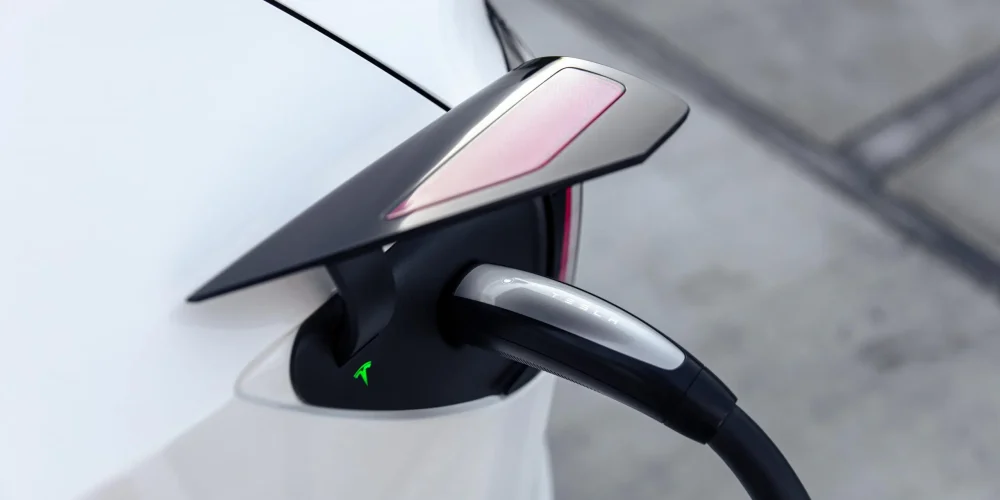
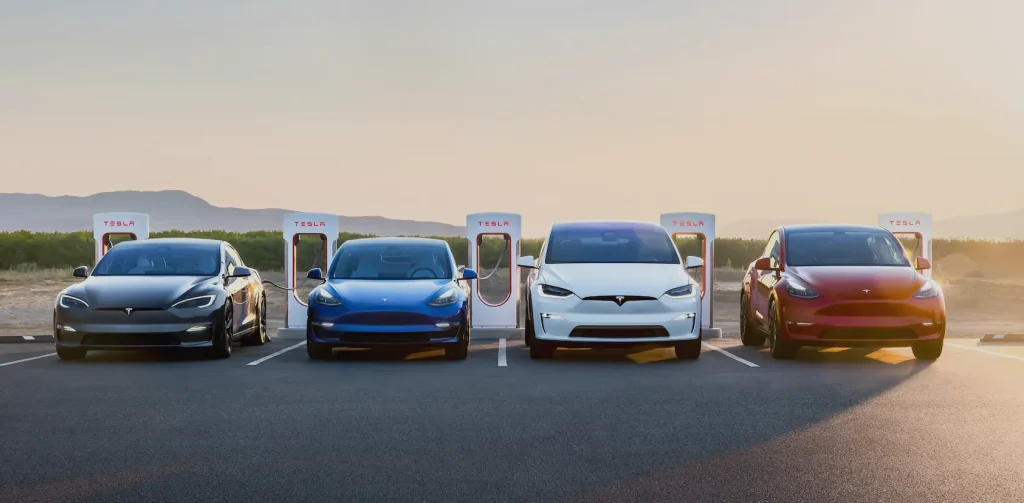
For the last decade, EV charging in North America has been chaotic…
We’ve had the bulky CCS plug, the aging CHAdeMO standard (RIP), and Tesla’s sleek, proprietary connector that worked beautifully but only for Teslas.
Long story short, it’s been a classic case of “connector chaos,” and it’s been a massive headache for EV adoption.
But that period is finally, mercifully, coming to an end.
The solution is a new standard called SAE J3400. In layman’s terms, J3400 is the grown-up, industry-stamped version of Tesla’s North American Charging Standard, or NACS.
It’s the formal unification of American EV charging, a single standard that promises a much simpler, more reliable, and frankly, less frustrating future for everyone.
What Is SAE J3400, Exactly?

The SAE J3400 is the entire technical specification for the connector, including the communication “language” the car and the charger use to talk to each other. This is a critical point.
People get confused about “NACS” versus “J3400,” but the distinction is quite simple.
NACS was the brand name Tesla used for its connector when it opened the design to the world in 2022.
SAE J3400 is the official, non-branded, industry-standard designation it received after SAE International, the global association of engineers that defines these sorts of things—formally reviewed, tweaked, and published it as a standard for all to use. Think of it like “Kleenex” versus “facial tissue.” One is the brand that started it all; the other is the generic, official term.
The difference from the CCS1 plug in terms of design is that a CCS uses two giant pins on the bottom for high-speed DC fast charging. And a separate, five-pin connector on top for slower AC charging (like at home).
J3400, on the other hand, uses the same two primary pins for both AC and DC power. This is precisely why the plug is so much smaller and lighter. It’s just… smarter.
Why It Won: The Technical (and Practical) Edge
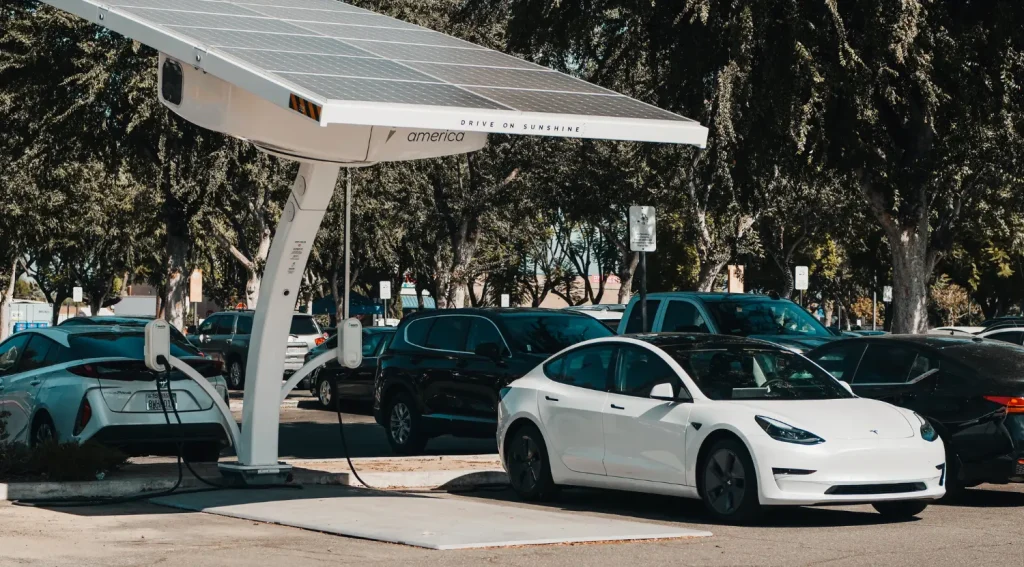
Let’s be honest, the technical reasons for its victory are pretty clear. The most obvious one? Form factor.
The J3400 plug is barely half the size of the CCS1 behemoth and significantly lighter. We’d argue this was half the battle. Ask any EV owner who’s tried to wrestle a cold, stiff, and heavy CCS cable into their port during a rainstorm, and they’ll tell you the user experience is, perhaps, not ideal.
The J3400 connector is a simple, one-handed operation.
But it’s not just about comfort. The technical specs are, in a word, robust. The official SAE standard locks in a 1000V (1,000 volt) capability. Why does that matter? Because high-performance EVs like the Porsche Taycan, Audi e-tron GT, and Lucid Air use 800V-plus architectures to charge at mind-bending speeds. The original NACS plug was limited to 500V, but the SAE J3400 standard ensures it’s future-proof for these high-performance machines, not just a solution for today’s 400V cars.
Speaking of which, the speed at which this standard was adopted is, frankly, stunning.
Standardization bodies like SAE are not known for speed. They are methodical, slow, and built on consensus, which can take years. The fact that they took Tesla’s NACS design and cranked out the SAE J3400 standard in under a year tells you everything you need to know. The industry had to move fast, or risk being left behind.
Anyway, back to the plug. The design is also mechanically more robust. The CCS1 plug relies on a bulky plastic latch on the handle that you press, which then hooks onto the car. That latch is a notorious, well-documented failure point. It gets brittle in the cold. It snaps off. It gets jammed with debris.
The SAE J3400 design, by contrast, has the locking mechanism inside the vehicle’s charge port, and the plug itself has no external moving parts. It’s mechanically simpler and, thus, much less likely to break.
How We Got Here?

So how did this happen? How did one company’s proprietary design completely take over an entire industry?
It all happened in a dizzying few months in 2023. The first domino was Ford. In May 2023, they shocked the industry by announcing they were adopting the NACS (now J3400) port for their 2025+ models. That alone was massive. But then, barely weeks later, GM followed. Then Rivian. Then Volvo, Polestar, Mercedes-Benz, Hyundai, Kia, and even Stellantis (Jeep, Dodge, Ram). You get the picture.
It was not just about the superior plug, though. The plug was the ticket to entry. The real prize for Ford, GM, and the others was gaining access to Tesla’s Supercharger network—arguably the most reliable and widespread fast-charging network on the continent. Tesla held all the cards. They had the best network, and they had the best plug. They offered access, but the price of admission was adopting their connector.
That being said, there was another massive driver: financial incentives. The U.S. government’s NEVI (National Electric Vehicle Infrastructure) program set aside billions to build chargers.
But to get that funding, chargers had to use an open, non-proprietary standard. Tesla’s plug, as NACS, was still technically proprietary. By submitting it to SAE and having it published as J3400, it became an open, public standard.
Hence, Tesla’s network could qualify for federal funding, and other automakers could adopt it without being locked into a single vendor.
It was a win-win.
Practical Impact: What It Means for You
This is all interesting, but what does it actually mean for you, the person who just wants to drive their car?
If you drive a Tesla:
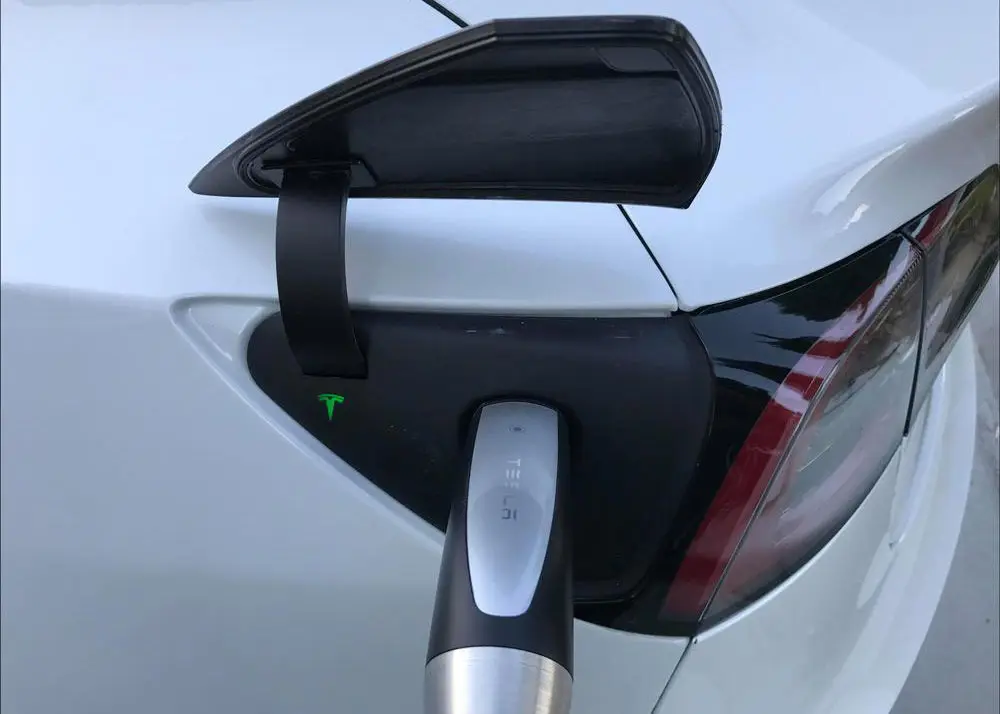
Honestly? Not much changes for you. You already have the plug. You already use the Superchargers. You just get the satisfaction of knowing you backed the winning horse. Your plug is now the North American standard.
If you drive a current non-Tesla (with a CCS port):
Welcome to the adapter life… for a little while, anyway. Starting in 2024 and 2025, automakers like Ford, GM, Rivian, and Lexus are sending their existing CCS-equipped EV owners an adapter. This adapter (a CCS-to-J3400) will let you plug into Tesla’s V3 and V4 Superchargers, opening up thousands of new fast-charging locations. It’s a tiny bit clunky, sure, but it’s a massive win for road trips.
If you plan to buy a new EV (2025-2026):
This is where it gets simple. Your new 2025 Ford Mustang Mach-E, Chevy Blazer EV, or 2026 Lexus RZ will just… come with the J3400 port built-in. No adapter needed. You’ll pull up to a Supercharger, an Electrify America station (which will also have J3400 plugs), or your home charger, and it all just works.
We should also talk about reliability. SAE J3400 is not a magic wand that suddenly fixes every broken charger. A charger can still have a bad credit card reader or a software glitch. But, as we mentioned, the connector itself is more robust. We’d expect to see fewer “station down” reports related to that flimsy CCS latch breaking, which has been a plague on reliability for years.
Frequently Asked Questions (FAQs)
We get a lot of questions about this transition. Here are the quick-fire answers.
Does SAE J3400 mean I have to use the Tesla Supercharger network?
Nope. Not at all. It just means your car can use it. You can, and will, still be able to use any public charger from networks like Electrify America, EVgo, or ChargePoint. They are all in the process of retrofitting their stations with J3400 plugs on top of their existing CCS ones.
What happens to all the “old” CCS chargers?
They are not just vanishing. This will be a long transition. For many years, most new chargers will simply have both plugs, or use an adapter dock like Tesla’s “Magic Dock”. Eventually, as fewer CCS cars are on the road, SAE J3400 will become the sole plug, but we’re talking a decade, perhaps more.
Is J3400 really better than CCS, or just different?
A CCS charger is a charging station that uses the Combined Charging System connector. It supports AC and DC, both charging through a single port.
When will new EVs actually have the SAE J3400 port?
The floodgates open with the 2025 model year. Most major automakers that signed on—Ford, GM, Rivian, Lexus, etc.—have committed to building the port natively into their 2025 vehicles. Stellantis (Jeep, Ram) is aiming for its 2026 models. By 2026, it will probably be strange to see a new North American EV without a SAE J3400 port.
In Closing
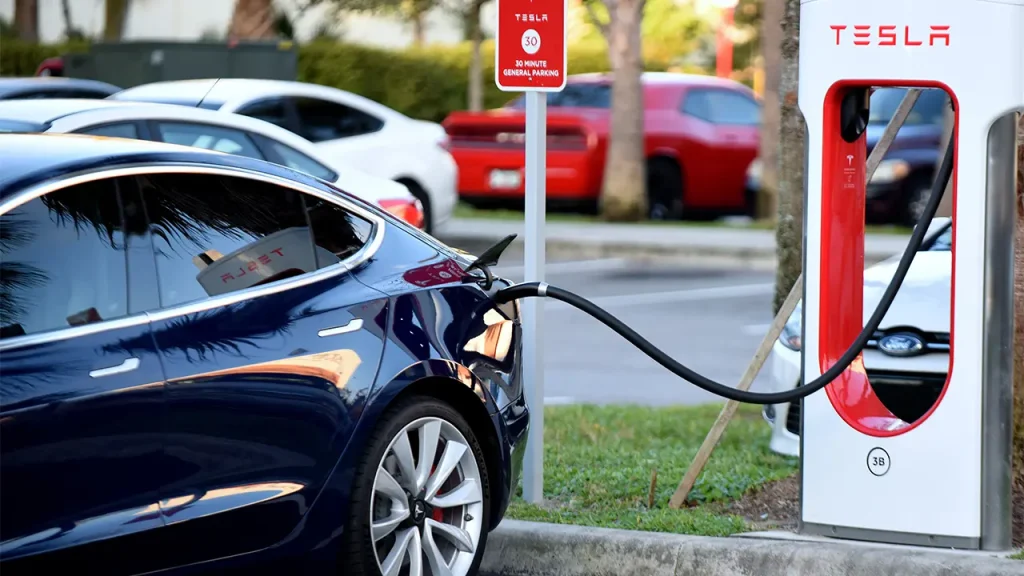
SAE J3400 is a rare, refreshing win for common sense in the auto industry. It’s the end of a very silly format war.
It simplifies the single most confusing and painful part of EV ownership for new buyers.
And no, it has not fixed every broken charging station overnight, and the transition period will involve the temporary inconvenience of using adapters. But honestly, it’s the single biggest step forward for the experience of owning an EV that we’ve seen in years.
It is a massive win for public charging. But honestly, it still cannot beat the convenience of a home setup. Duevolt got you covered for both situations. Explore our robust home stations and flexible portable chargers.
We hope this guide has cleared up everything about J3400. Still have questions? Let us know in the comments below.
